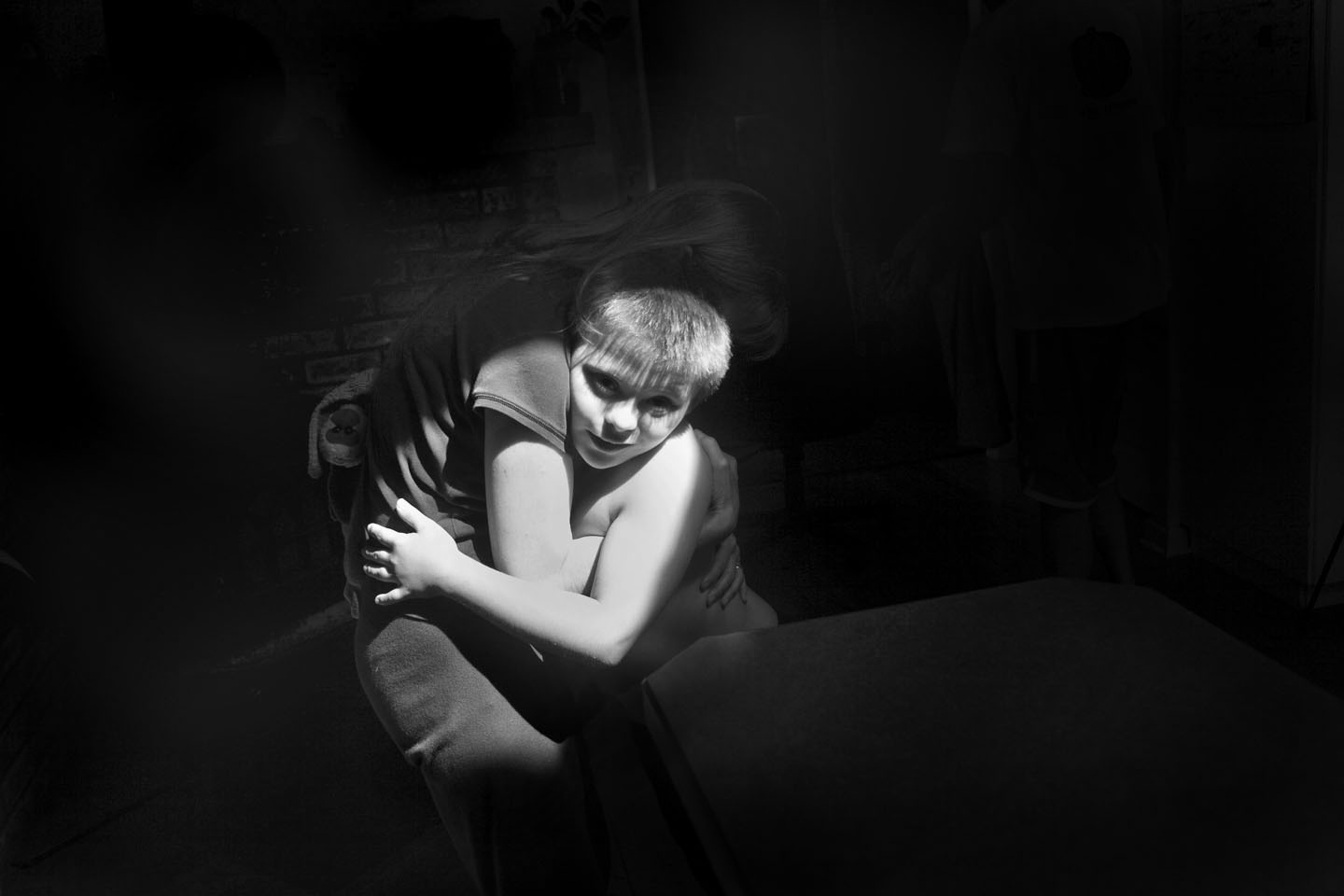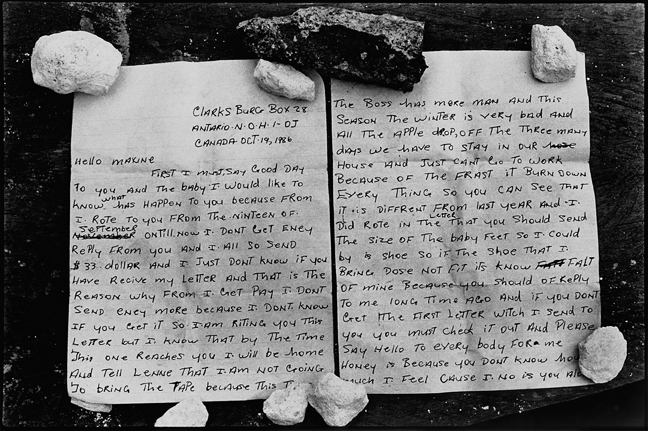By Phil Anderson
 Vincenzo Pietropaolo. Photo:Phil Anderson
Vincenzo Pietropaolo. Photo:Phil Anderson
Upon meeting with documentary photographer , Vincenzo Pietropaolo at Toronto‘s De Luca Fine Art/Gallery, on Queen St. West, he explained of how he captured images of the Italian community as a young boy, an immigrant child. The camera allowed him access to another world. As a young man he played pool in a then local pool hall which is now part of a trendier world for visitors to the neighbourhood.
His art practice has evolved into many photographic series and eight photographic books such as Celebration of Resistance (1999), Harvest Pilgrims (2OO9), Making Home in Havana (2OO2) and Not Paved With Gold(2OO6) as well many writings and essays.
 Commmunity meeting with government officials from Not Paved with Gold: Italian-Canadian immigrants in the 1970′ ©Vincenzo Pietropaolo
Commmunity meeting with government officials from Not Paved with Gold: Italian-Canadian immigrants in the 1970′ ©Vincenzo Pietropaolo
Photographs from the Not Paved with Gold series, explained Pietropaolo, exemplified the disillusion many new Italian immigrants felt arriving in Canada expecting more opportunities than existed.
- Pietropaolo‘s latest book,
Invisible No More (2O1O)
- , is an exploration into the lives of Canadians with intellectual disabilities and their families. Like most of his photographic work it has a social commentary that gives us all a better understanding of his subject matter and tells a poignant story with pictures. All Pietropaolo‘s portraits are engaging and immerse the viewer into the world of the subject. Pietropaolo successfully takes the viewer with him into these new worlds.
 “David in his mother’s arms”, from the book Invisible No More: A Photographic Chronicle of the Lives of People with Intellectual Disabilties. ©Vincenzo Pietropaolo
“David in his mother’s arms”, from the book Invisible No More: A Photographic Chronicle of the Lives of People with Intellectual Disabilties. ©Vincenzo Pietropaolo
Pietropaolo’s exhibit at De Luca Gallery (June 3 – July 2) was just coming to an end and it had encapsulated much of his early work from the 1970‘s documenting, the Toronto Italian community, immigrant farm and factory workers in Toronto and workers from across Canada. One of his most memorable experiences as a photographer was documenting workers across Canada as part of a commissioned project by the Canadian Auto Workers. He was allowed access to over 100 factories and workplaces across the country. When asked how workers felt about being photographed he said most were elated and asked what they should do. He asked them to just go about their work as usual. Some of the workplaces also thought, “why didn’t we think of creating a book commemorating our workers”, explained Pietropaolo.
 Workers in a sock factory in Toronto’s garment district. From Not Paved with Gold: Italian-Canadian Immigrants in the 1970s ©Vincenzo Pietropaolo
Workers in a sock factory in Toronto’s garment district. From Not Paved with Gold: Italian-Canadian Immigrants in the 1970s ©Vincenzo Pietropaolo
He said while today we talk about eating “local“ produce consumers don’t realize how many farms use migrant workers that leave their families for 3-6months of the year in order to support them. One photographic image in the exhibition captures this misery well. It is a letter written to a family in Jamaica from an migrant worker in Ontario.
 Tony Peart’s letter to his wife, from Harvest Pilgrims: Mexican and Caribbean Migrant Farm Workers in Canada. ©Vincenzo Pietropaolo
Tony Peart’s letter to his wife, from Harvest Pilgrims: Mexican and Caribbean Migrant Farm Workers in Canada. ©Vincenzo Pietropaolo
All of the works in the De Luca Fine Art/Gallery exhibit were black and white silver gelatin prints. Pietropaolo has embraced digital photography as most professional photographers have partly because of the demands of the profession. A little of the old magic has disappeared with the new technology but it has new advantages.
 Ancient Monolith (olive tree #1), Calabria, Italy, 1979. ©Vincenzo Pietropaolo
Ancient Monolith (olive tree #1), Calabria, Italy, 1979. ©Vincenzo Pietropaolo
Pietropaolo is also in a current exhibition as part of the Venice Biennale – Padiglione Italia the 54 th International Art Exhibition In Honour of the 150th Anniversary of the Unification of Italy curated by Vittorio Sgarbi at the Istituto Italiano Di Cultura (June 6 – November 27, 2011). The exhibition includes artist Tony Calzetta and mixed media artist, Francesca Vivenza as well as Vincenzo Pietropaolo. One can look forward to seeing more works by Pietropaolo and getting a further glimpse into the world as he captures it with images.
